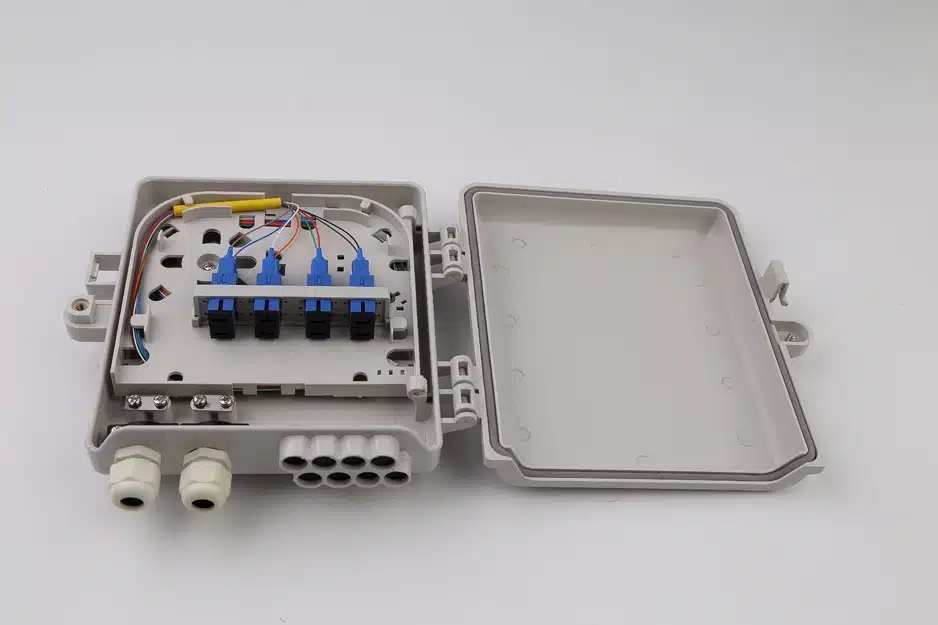
Fiber distribution box, also known as fiber optic distribution frame, is an essential component in fiber optic communication networks. It plays an important role in organizing, managing, and protecting fiber optic cables, ensuring reliable and efficient network operations.
Structure and Function
A fiber distribution box typically consists of a box-shaped enclosure, which houses a number of kabel gentian optik and components. Its internal structure is designed to organize the cables in a tidy and orderly manner, facilitating easy identification and maintenance.
The main function of fiber distribution box is to provide a centralized connection point for fiber optic cables. It allows for the termination and connection of fiber optic cables, enabling efficient signal transmission within a fiber optic network. The box houses fiber optic adapters, which allow for the connection of fiber optic cables to other optical devices or fiber optic cables.
Fiber distribution box also plays an important role in protecting fiber optic cables from damage. It provides mechanical protection to the cables, shielding them from external forces and environmental factors such as dust and moisture. The box is typically designed with robust materials and features sealed doors and gaskets to ensure maximum protection for the cables inside.
In addition, fiber distribution box is also equipped with splice trays or splice holders, which allow for the installation of fiber optic splices. These splices are used to connect two lengths of fiber optic cable or to connect a fiber optic cable to another optical device. The trays or holders are typically designed with grooves or guides to securely hold the splices in place.
Application Areas
Fiber distribution box is widely used in various fiber optic communication networks, including but not limited to the following areas:
- Data Centers: In data centers, fiber distribution box is used to terminate and manage fiber optic cables connecting servers, switches, and other network devices. The box provides a central point for cable organization and easy maintenance, ensuring reliable data transfer within the data center.
- Telecommunications Networks: In telecommunications networks, fiber distribution box is used for the termination and connection of fiber optic cables connecting base stations, microwave links, and other communication nodes. It allows for flexible cable routing and efficient management of the large number of cables involved.
- Indoor Networks: In indoor networks, such as those found in office buildings or hotels, fiber distribution box is used for connecting fiber optic cables between different floors or buildings. It provides convenient access points for adding or maintaining fiber optic cables and ensuring reliable network connectivity throughout the building.
- Outdoor Networks: In outdoor networks, such as those used for street lighting or traffic control systems, fiber distribution box is used to house and protect fiber optic cables routed through open air or underground conduits. It shields the cables from environmental factors and ensures reliable transmission of signals over long distances.
Kesimpulan
Fiber distribution box is an important component in fiber optic communication networks, playing a central role in organizing, managing, and protecting fiber optic cables. Its wide application areas span data centers, telecommunications networks, indoor networks, and outdoor networks. With its advanced features like cable management, splice protection, and environmental sealing, it ensures reliable and efficient network operations. Understanding the basic structure and function of fiber distribution box is essential for anyone working in the fiber optic communication industry.
